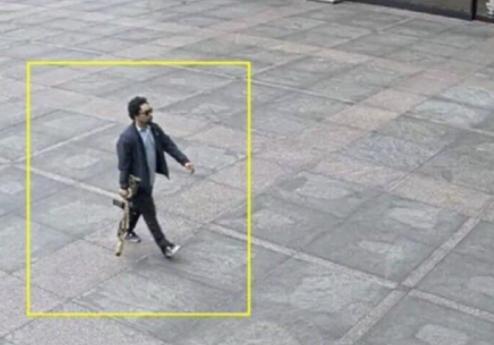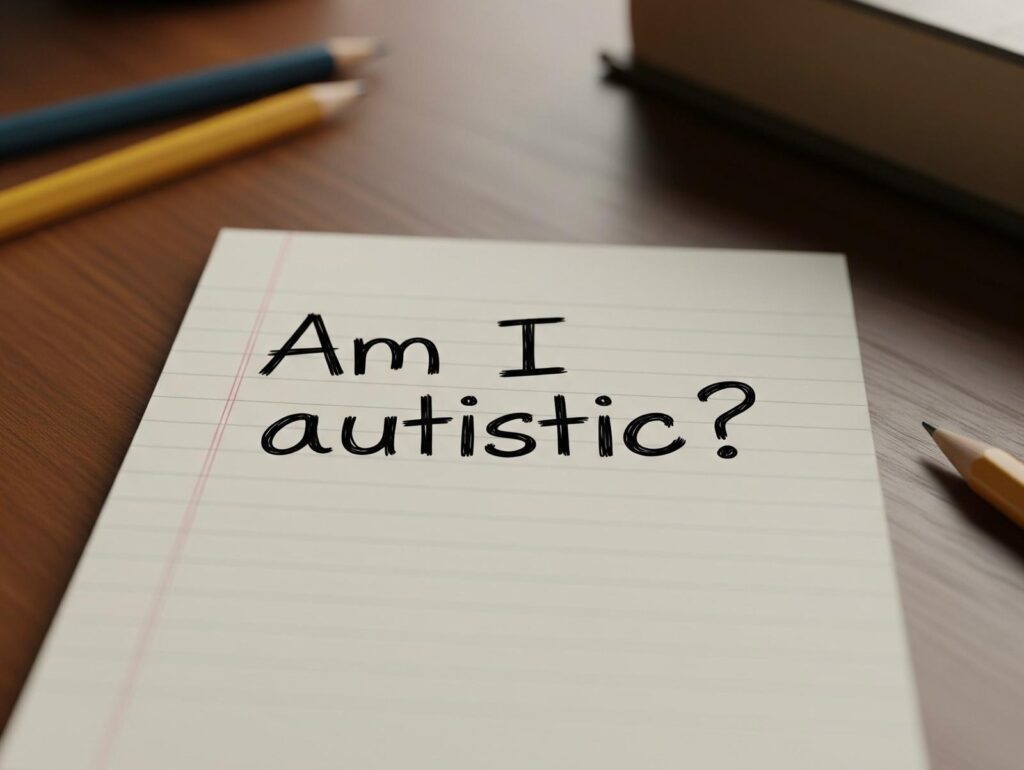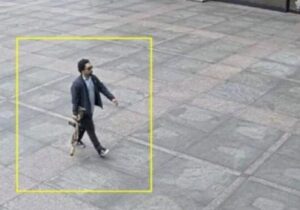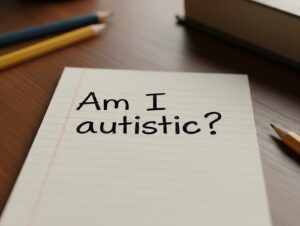Humans have long been fascinated by the idea of detecting lies, with applications ranging from criminal investigations to everyday interactions. While technology like polygraphs exists, psychological techniques allow individuals to interpret non-verbal cues, speech patterns, and behaviour changes that may reveal deception. This article delves into evidence-based techniques on how to become a “human lie detector,” examining insights from psychology experts on detecting dishonesty through body language, micro-expressions, and verbal cues.
Keywords: Detecting deception, Human lie detector techniques, Psychology of lying, Nonverbal cues of dishonesty, Micro-expressions and lying, Verbal cues in deception detection
The Psychology of Lying
Lying is a complex psychological behaviour that involves concealing or distorting the truth to manipulate others. According to research, lying activates multiple regions of the brain, including areas responsible for decision-making, emotional regulation, and inhibition (Vrij et al. 2019). Most people tell “white lies” to navigate social situations, but certain lies are more consequential, and detecting them can help avoid manipulation and deceit.
According to Dr Paul Ekman, a renowned psychologist in the study of emotions and deception, lies are often accompanied by subconscious expressions of discomfort or guilt, even if the person is skilled at controlling outward signs. Ekman’s research has paved the way for understanding how subtle cues can reveal concealed emotions (Ekman 2009).
Techniques to Detect Deception
Expert psychologists recommend a combination of observing body language, recognising micro-expressions, and analysing verbal cues to detect potential lies. Here are some effective techniques:
1. Observing Body Language
Body language offers clues that someone may be uncomfortable or trying to hide the truth. Common physical indicators include:
- Avoiding Eye Contact: Although some may avoid eye contact when lying, be cautious as cultural and individual differences exist. Frequent shifts in eye contact or looking away at key moments may indicate discomfort.
- Body Positioning: Shifts in posture, such as turning the body away, crossing arms defensively, or displaying closed-off body language, can suggest a person feels defensive or evasive (DePaulo et al. 2003).
- Nervous Movements: Fidgeting, such as touching the face, playing with hands, or tapping feet, can reveal nervousness. While not definitive proof of lying, these movements may indicate stress (Vrij et al. 2019).
2. Recognising Micro-Expressions
Micro-expressions are involuntary facial expressions that flash across the face for less than half a second. Dr Ekman identified that these expressions often reveal hidden emotions, such as fear, anger, or disgust, that may be inconsistent with a person’s spoken words (Ekman 2009).
For instance:
- Fear: Raised eyebrows and widened eyes can indicate fear, suggesting the person may be lying out of anxiety or fear of being discovered.
- Disgust or Contempt: A slight curl of the lip or nose may signal disgust or contempt, potentially revealing an inner truth that conflicts with spoken words.
Micro-expressions are challenging to detect without training, but with practice, they can be a powerful tool for discerning genuine emotions (Frank & Svetieva 2015).
3. Analysing Verbal Cues
Verbal patterns and inconsistencies can also indicate dishonesty. Key verbal cues include:
- Increased Pausing and Hesitation: Liars may hesitate more often or use fillers like “uh,” “um,” or “you know” to buy time while constructing a response.
- Vagueness or Overly Detailed Explanations: Inconsistent levels of detail can be revealing. Liars might either provide minimal information to avoid scrutiny or give excessive detail to make their story seem more believable (Vrij 2008).
- Changing Story Elements: Shifts in the narrative or contradictions in the story can indicate a lack of authenticity, especially if details change across conversations.
- Avoiding Direct Answers: Answering questions with questions or deflecting the topic is common when someone is uncomfortable with the truth.
The Role of Baseline Behaviour
Experts emphasise the importance of establishing a baseline for each individual before interpreting signs of lying. People vary in their body language and communication style, so identifying what is “normal” for an individual helps to spot deviations. For example, someone who typically fidgets may not necessarily be lying if they fidget while speaking, but a person who is usually calm and still may show signs of lying through increased nervous movement (Vrij et al. 2019).
Observing a person over a period of time, especially when they’re likely to be truthful, can help create a behavioural baseline. Once this baseline is established, look for deviations that align with known indicators of dishonesty.
Cultural Considerations in Lie Detection
Cultural differences can significantly impact body language and communication styles, which is crucial to consider when interpreting deception cues. For instance, in some cultures, avoiding eye contact is a sign of respect rather than dishonesty, while in others, it may indicate evasiveness. Misinterpretations can lead to incorrect conclusions, so context and cultural awareness are essential when applying lie detection techniques (Bond & Uysal 2007).
Challenges in Detecting Lies
While these techniques offer valuable insights, lie detection is not foolproof. Even trained experts only achieve about 60-75% accuracy in controlled settings, highlighting the challenges of identifying deception. Experienced liars, especially those with high emotional intelligence or practice, may suppress outward signs, making detection difficult (Bond & DePaulo 2006). Therefore, it’s important to use these techniques as part of a broader assessment rather than relying on a single indicator.
Practical Applications and Limitations
Learning to detect lies can be useful in various contexts, from personal relationships to professional interactions. However, detecting deception should always be approached with caution. Misinterpreting cues or assuming guilt based on a single behaviour can damage trust and relationships. Additionally, while techniques like micro-expression analysis are insightful, they require practice and experience to apply effectively.
Conclusion
Detecting lies is an intricate skill rooted in psychology, requiring careful observation, practice, and an understanding of human behaviour. By observing body language, recognising micro-expressions, and analysing verbal cues, individuals can develop a better sense of when someone may be concealing the truth. However, it is essential to remember that no single cue definitively indicates lying; rather, a combination of signals, paired with an understanding of baseline behaviour and cultural context, can provide a more comprehensive picture.
References
- Bond, CF & DePaulo, BM 2006, ‘Accuracy of deception judgments’, Personality and Social Psychology Review, vol. 10, no. 3, pp. 214-234.
- Bond, CF & Uysal, A 2007, ‘On lie detection “wizards”’, Law and Human Behavior, vol. 31, no. 1, pp. 109-115.
- DePaulo, BM, Lindsay, JJ, Malone, BE, Muhlenbruck, L, Charlton, K & Cooper, H 2003, ‘Cues to deception’, Psychological Bulletin, vol. 129, no. 1, pp. 74-118.
- Ekman, P 2009, Telling Lies: Clues to Deceit in the Marketplace, Politics, and Marriage, Norton, New York.
- Frank, MG & Svetieva, E 2015, ‘Understanding nonverbal communication of deception’, in DP Matsumoto, MR Frank & HS Hwang (eds.), The Handbook of Nonverbal Communication, APA Books, Washington, DC.
- Vrij, A 2008, Detecting Lies and Deceit: Pitfalls and Opportunities, 2nd edn, Wiley, Chichester.
- Vrij, A, Fisher, RP & Blank, H 2019, ‘A cognitive approach to lie detection: A meta-analysis’, Legal and Criminological Psychology, vol. 24, no. 1, pp. 1-21.
How to get in touch
If you or your NDIS participant need immediate mental healthcare assistance, feel free to get in contact with us on 1800 NEAR ME – admin@calmandcaring.com.
Discover more from Therapy Near Me
Subscribe to get the latest posts sent to your email.






